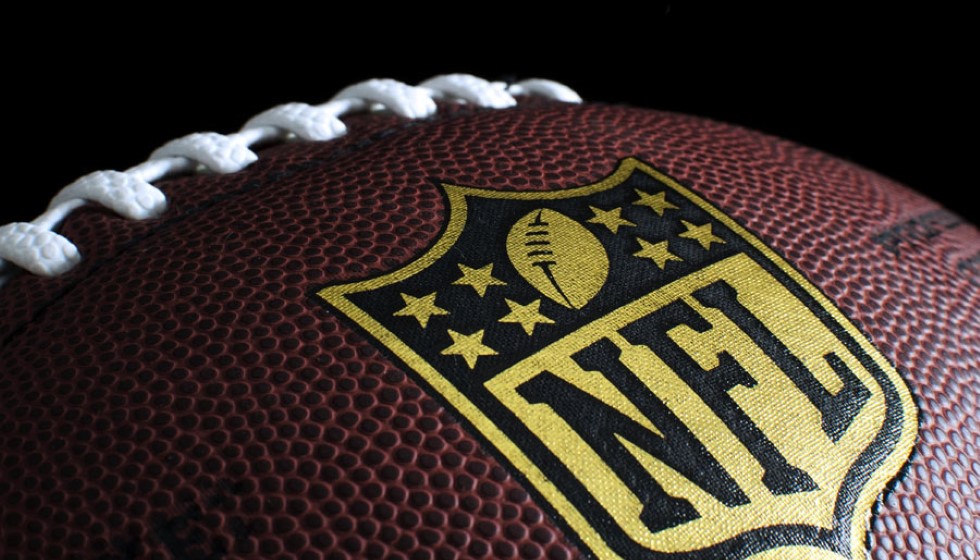
The Next Phase of NFL's Apparel Evolution
In an industry where the synergy between athletic performance and brand identity is crucial, the NFL's forthcoming apparel contract stands as a pivotal opportunity for stakeholders both on and off the field. As the current uniform deal with Nike nears its terminus in 2027, the league has already initiated the bidding process for its subsequent attire partnership, marking a new chapter in a longstanding saga that intertwines sport with commerce.
The relationship between Nike and the NFL dates back to 2012, a year that saw the multinational corporation assume the mantle from Reebok as the league's uniform manufacturer. Since then, Nike has been instrumental in sculpting the visual and material narrative of the NFL, crafting gear that not only embodies spirit but also technological innovation. This partnership has enabled teams to explore new sartorial boundaries, such as the recent transitions seen with the Denver Broncos and Houston Texans, who undertook significant uniform redesigns under Nike's direction.
Up until 2012, NFL teams operated individual agreements with an assortment of brands, ranging from Adidas and Puma to Logo and Starter. This decentralized approach allowed for unique team identities but often resulted in a lack of cohesive brand integrity across the league. Nike's subsequent league-wide contract heralded a streamlined approach, affirming the NFL's broader commercial strategies that emphasize unified branding and financial gain.
Within this contract, Nike was pioneering in introducing more dynamic elements, including the provision permitting up to three distinct helmet styles for teams. This flexibility has not only enriched the visual diversity of the league but also ignited discussions around safety and performance — key elements as the sport continues to evolve.
As the bidding process for the next apparel stewardship is described as both "open and active," the anticipation surrounding which brand will next take the helm is palpable. This process is more than a mere business transaction; it is a fulcrum that will influence sports culture, business strategies, and fan engagement alike. The brand that secures this contract will be tasked with maintaining the high standards set by Nike while also innovating to adapt to ever-changing market dynamics.
The decision-making process is not only a testament to the NFL's robust commercial acumen but also reflects its commitment to shaping a coherent and forward-thinking league identity. The upcoming apparel deal will inevitably play a significant role in how the league is perceived globally, impacting everything from merchandise sales to media portrayals of the sport.
For fans, the outcome of these negotiations is equally significant. Uniforms are more than just sports gear; they are symbols of allegiance, pride, and community. Each thread is woven with the legacy of the teams and their supporters, a testimony to a shared history and future aspirations. As such, the anticipation surrounding this decision is as much a stirring among fans as it is among corporate entities.
The legacy of this impending contract will thus be measured not just in monetary value, but also in the depth of brand integration and emotional resonance it fosters across the varied landscape of professional football. As the league prepares to turn the page from its fruitful relationship with Nike, stakeholders across the board await with bated breath, recognizing the importance this contract will have in shaping the game's future aesthetic and cultural imprint.